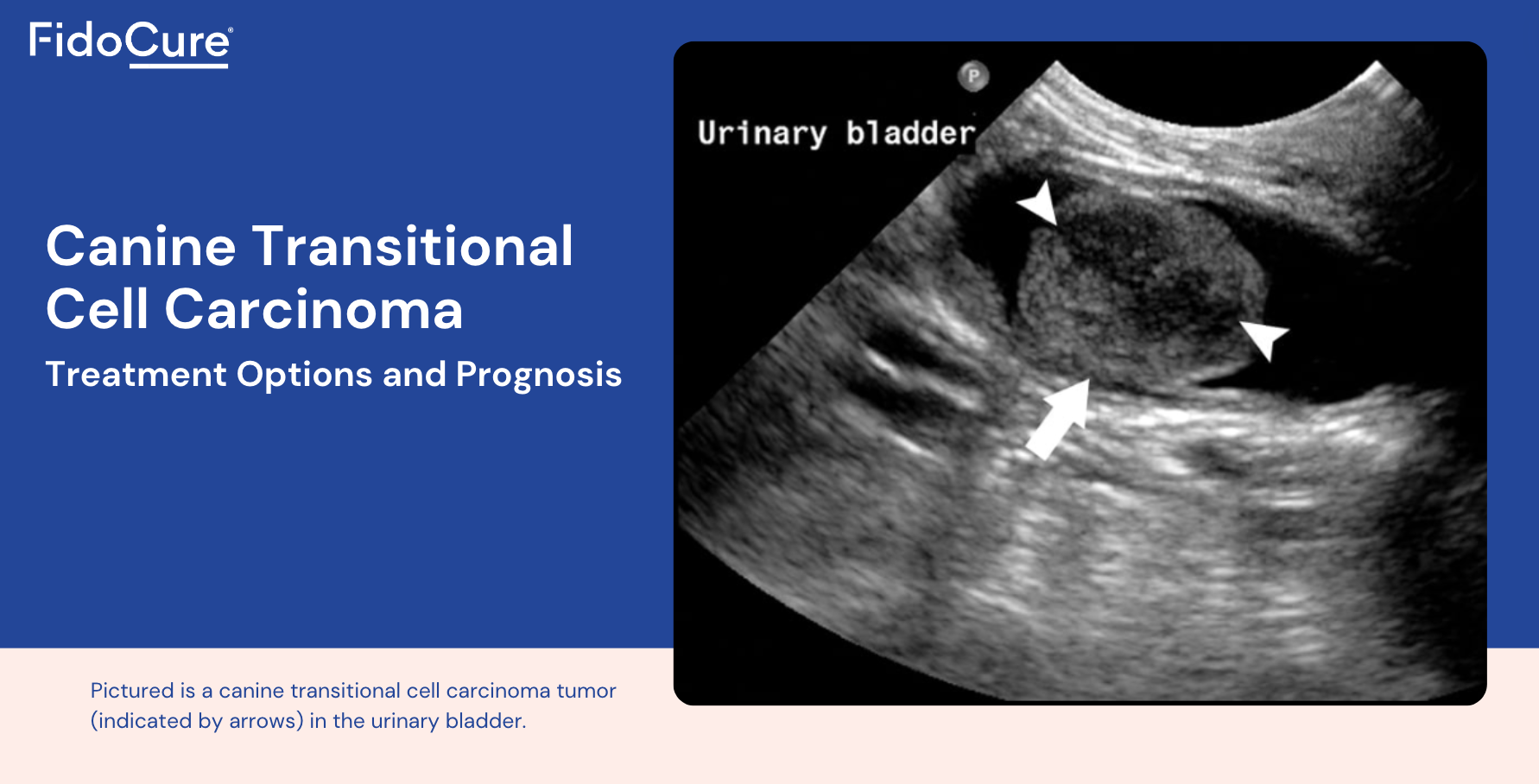Cancer Does Not Have to Be a Death Sentence
|
We are proud to share clinical relevant information from our peer-reviewed publication at NPJ Precision Oncology. Researchers at Stanford University and FidoCure have identified long survival times for dogs with cancer, even for aggressive types. Our peer-reviewed publication analyzed 2702 dogs with cancer. Tumor types were divided into 19 broad categories (in order of prevalence): hemangiosarcoma, transitional cell carcinoma, soft tissue sarcoma, osteosarcoma, mast cell tumor, melanoma, carcinoma (other), anal sac carcinoma, histiocytic sarcoma, pulmonary carcinoma, mammary carcinoma, undifferentiated carcinoma, undifferentiated sarcoma, lymphoma, squamous cell carcinoma, splenic carcinoma, thyroid carcinoma, GI carcinoma, nasal carcinoma, with the most common being hemangiosarcomas (~19%). Transitional cell carcinomas and soft tissue sarcomas are represented in ~15% and ~9% of dogs, respectively MEDIAN SURVIVAL DAYS BY TUMOR TYPE |
.jpg?upscale=true&upscale=true&width=560&name=Copy%20of%20OutcomesDataCompilation2023%20(1).jpg) |
|
As dedicated professionals, we understand the immense responsibility of guiding pet parents through the challenging decisions related to their dog's health, especially when facing cancer. The provision of precise information about the estimated survival time of dogs with cancer can profoundly impact the decisions pet parents make regarding treatment options. By presenting accurate prognostic data, we empower pet parents to make well-informed choices that align with their furry companion's best interests and overall quality of life. Clear and transparent communication about the potential outcomes allows them to weigh the benefits and potential challenges of treatment, ultimately fostering a strong sense of trust between pet parents and us as their veterinary partners. Through our knowledge and support, we can help them navigate this difficult journey and ensure the most compassionate and appropriate care for their beloved canine friends. We'd love to hear your thoughts on this data and how this can help your clinical decisions. Please comment below. |


